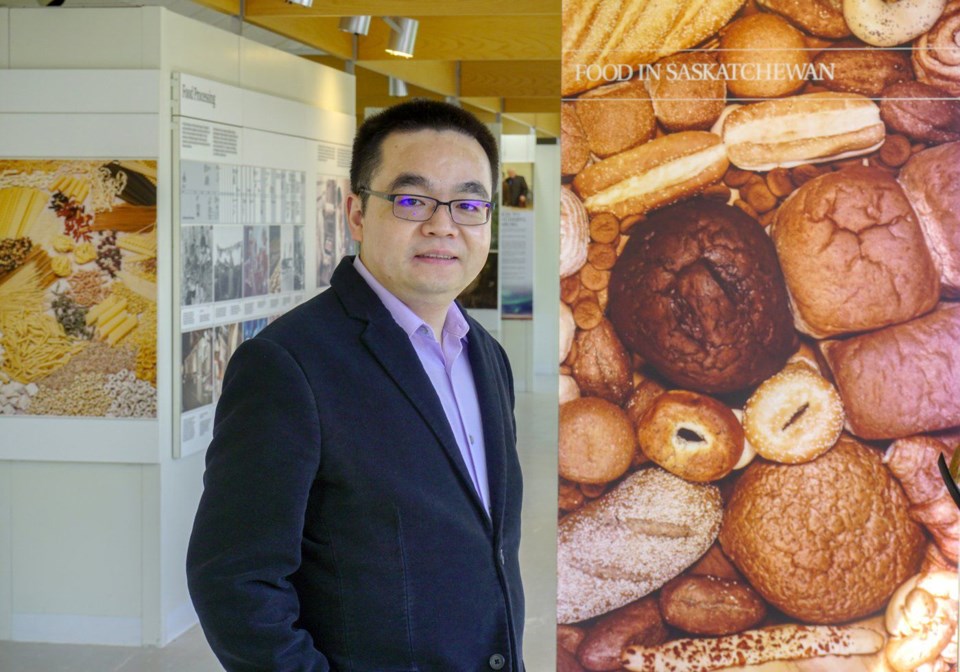A University of Saskatchewan scientist sees a future where grocery bags come from pulse seeds.
Dr. Yongfeng Ai has received $2.5 million through the Canadian Agricultural Partnership to spur research aiming to draw more value from plants like peas, fava beans, lentils and chickpeas. Ai spoke to the Saskatoon StarPhoenix about how his research works on finding new uses for pulses, from making new food ingredients to replacing Styrofoam, grocery bags and wound dressings.
This interview was edited for length and clarity.
Q: Why is this important?
A: Plant-based proteins are used for things like the Beyond Meat burger and other plant-based foods, which are gaining popularity. But at the same time, the crops used for those, like peas and lentils, also have about 40 to 50 per cent starch in their seeds. Basically, we separate the protein and the starch.
Finding a good way to use starch is critical for industry, because we cannot just look at protein. The challenge we're facing in Saskatchewan is we produce more and more plant-based protein – because that's popular – but how do we utilize the starch?
Q: How would you use those starches?
A: It can create novel food ingredients. An example is starch that resists digestion, so it can function as a dietary fibre. Another application may be clean-label food starch, which isn't chemically modified. The use of micro-organisms could also convert starch into fermentative proteins, which could provide another source of protein for consumers.
We can also use it for packaging like grocery bags. We're interested in transforming the starch into fibres for fabrics, like for clothing and other uses. It could also be used to replace petroleum-based Styrofoam. We can use it for more degradable, compostable products that will provide more sustainable options for our consumers.
Starch can also be modified to replace more expensive medical materials. The new starch materials can be used to arrest bleeding, to bandage wounds, and to make wound dressing and skin grafts.
Q: What makes this so hard?
A: First, the performance needs to be promising and have practical value. The second is the price needs to be more competitive. The new knowledge and technologies we develop can be used by farmers, by our food processors, and by bioplastic or biomedical companies to find new ways to utilize pulses.
That's the most difficult part: how can the knowledge and technologies be really utilized by the industry? Can it outperform the existing materials, and lead to commercialization?
Q: What's the big picture for your work?
A: We want to maximize the value of crops we grow in Western Canada through processing. The way our knowledge and technology are going, it can be easily transferred to other crops like wheat and barley. In doing so, we do our best as researchers to build a more robust, value-added agriculture sector.




